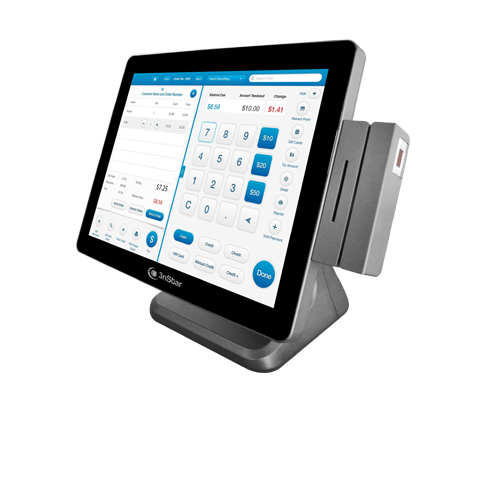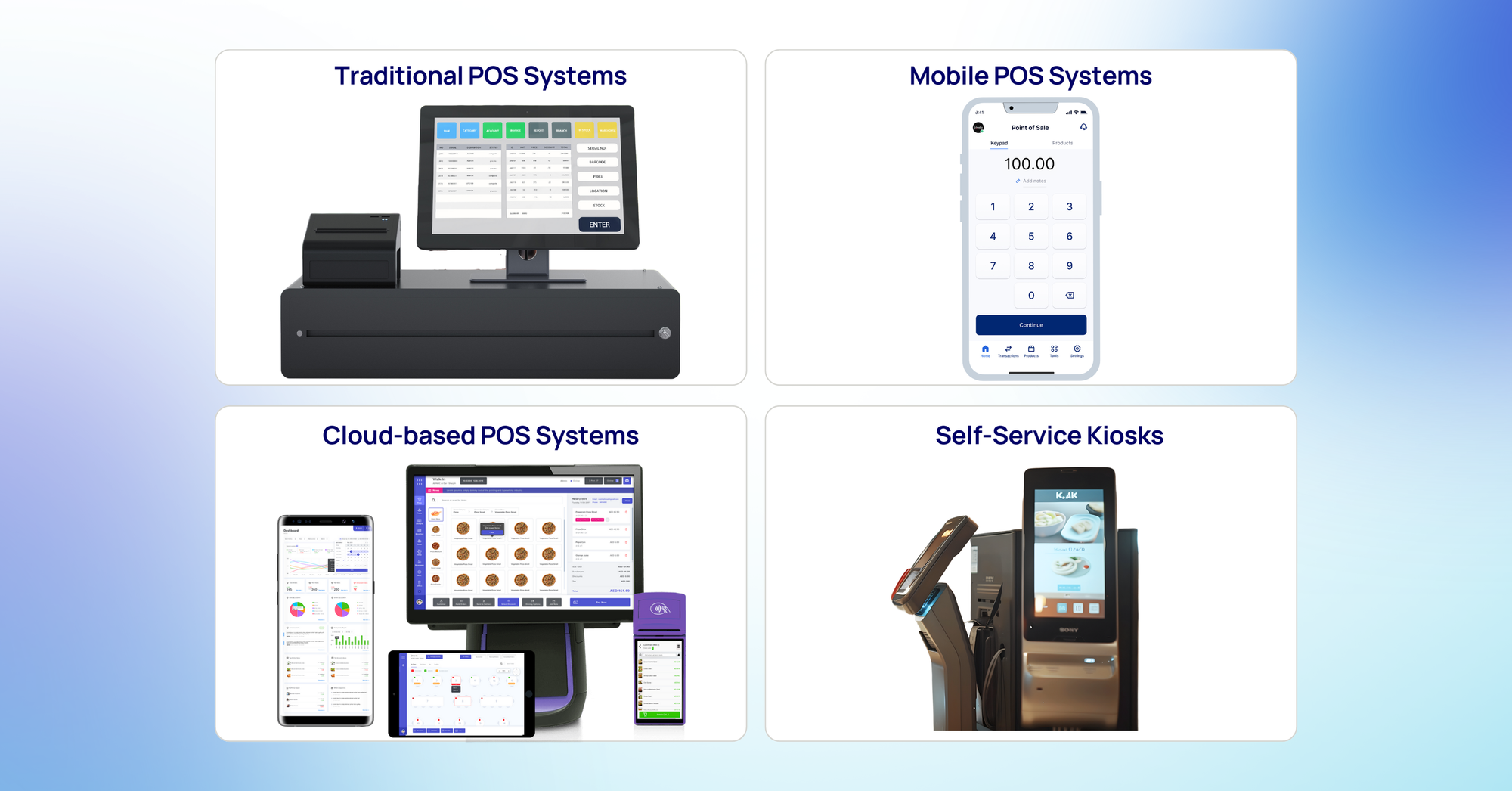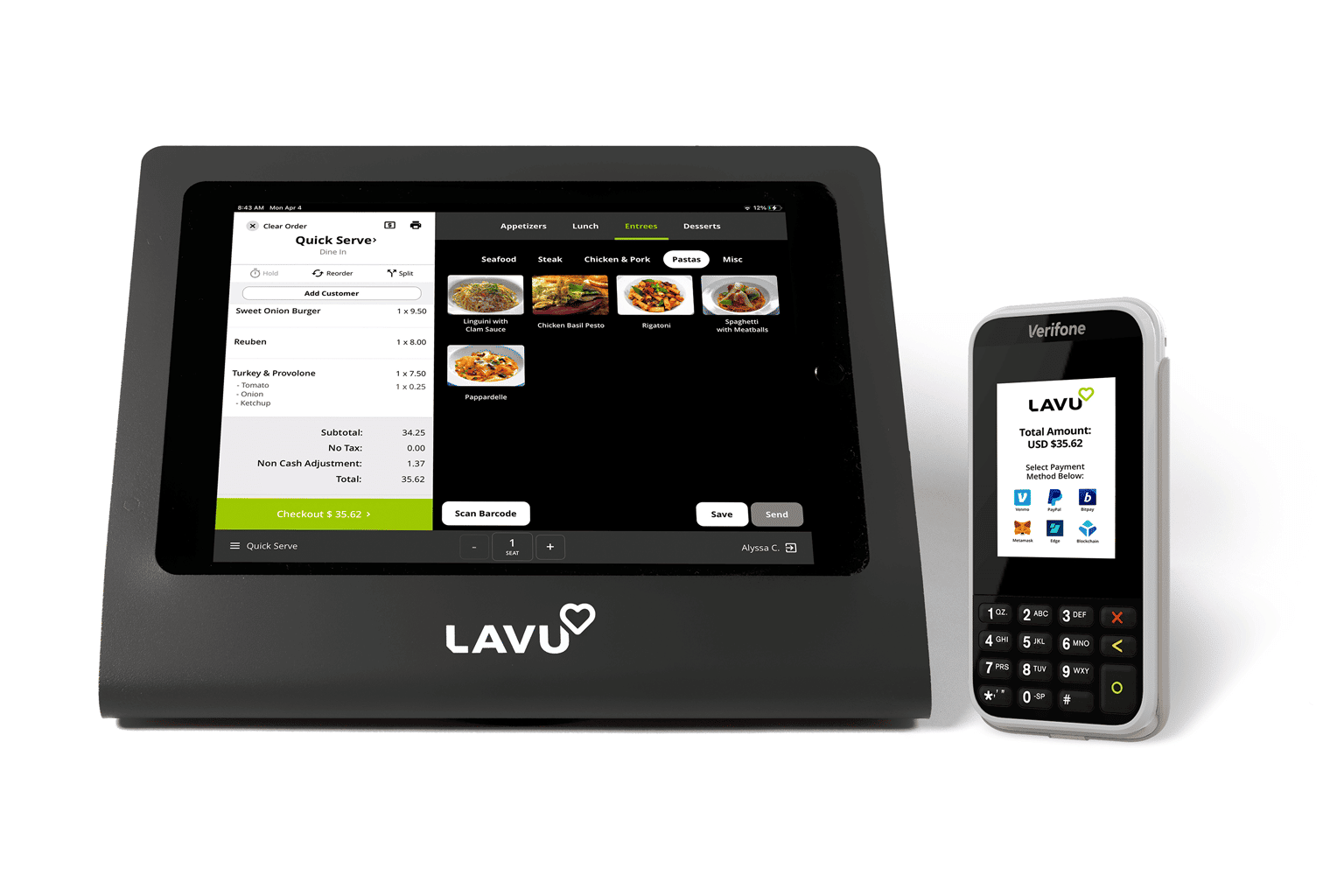Exactly How POS System Functions: A Comprehensive Overview for Entrepreneur

Comprehending the Components of a POS System

Just How Sales Deals Are Processed
When a client determines to buy, the sales transaction starts a series of methodical steps within the POS system. First, the cashier inputs the products being acquired, which are checked via a barcode visitor or by hand entered. This activity recovers item information, including pricing and suitable taxes, from the system's database.Next, the consumer is presented with the complete amount due. The POS system after that refines the settlement, whether with money, bank card, or mobile repayment approaches (Restaurant POS Software). For electronic payments, the POS firmly interacts with payment cpus to accredit and verify the transaction.Once the settlement is validated, the system generates a receipt, which can be published or sent out electronically. This invoice acts as receipt for the client. Finally, the purchase information is recorded in the system, guaranteeing accurate sales records and financial tracking for business
Inventory Management and Monitoring

Efficient inventory management and tracking are necessary elements of a POS system, as they guarantee that services maintain excellent supply levels and reduce inconsistencies. A robust POS system permits real-time inventory updates, mirroring sales and returns immediately. This allows company owner to keep an eye on supply levels accurately, ensuring that prominent items are conveniently available while protecting against overstocking of less preferred products.Additionally, progressed POS systems offer attributes such as automated stock informs and reorder tips, improving the purchase process. see this page Barcoding and RFID technology improve precision in tracking inventory movement, decreasing human error. Substantial coverage devices offer understandings right into stock turn over prices, helping organizations make notified choices regarding acquiring and item offerings. Eventually, efficient supply monitoring via a POS system not only improves operational efficiency yet also enhances customer complete satisfaction by ensuring item availability.
Analyzing Client Information and Insights
Client data analysis offers as an effective device for services making use of a POS system (Restaurant POS Software). By accumulating and checking out deal data, services can uncover important insights concerning consumer actions and choices. This analysis allows them to determine buying trends, peak purchasing times, and prominent products, thus informing supply decisions and advertising and marketing strategies.Additionally, organizations can sector their client base, permitting customized marketing initiatives that accommodate specific demographics or acquiring routines. Comprehending customer commitment see page patterns additionally assists in developing targeted rewards and promotions programs.The information gleaned from a POS system can also disclose insights right into customer responses, making it possible for services to make informed decisions pertaining to item offerings and solution improvements. Inevitably, leveraging client information successfully can boost the general purchasing experience, foster customer contentment, and drive profits development
Benefits of Implementing a POS System

Often Asked Concerns
What Kinds Of Companies Can Gain From a POS System?
Various companies profit from a POS system, including retailers, dining establishments, salons, and shopping platforms. These systems streamline deals, inventory monitoring, and client data, enhancing functional effectiveness and improving client experience throughout diverse sectors.
Just how much Does a POS System Generally Expense?
The expense of a POS system usually ranges from a couple of hundred to several thousand bucks, depending on features, equipment, and software. Organizations have to take into consideration continuous costs for assistance, transaction, and upkeep handling when budgeting.
Can I Integrate a POS System With Existing Software Program?
Integrating a POS system with existing software is typically feasible. Lots of systems use APIs or integrated compatibility attributes, permitting companies to improve operations and enhance functionality by connecting various software applications effectively.
What Training Is Needed for Team to Make Use Of a POS System?
Educating for personnel to utilize a POS system commonly consists of understanding software application performances, processing deals, handling inventory, and taking care of client interactions. Practical presentations and hands-on practice sessions boost efficiency and confidence in making use of the system properly.
What Occurs if the Web Goes Down While Making Use Of a POS System?
If the net goes down during POS system use, deals may be disrupted. Several systems supply offline capacities, enabling standard procedures to continue, yet full capability, including real-time supply updates, will be restricted. A Point of Sale (POS) system is composed of a number of key elements that function with each other to manage and help with purchases business operations. Reliable stock monitoring and tracking are important components of a POS system, as they assure that companies keep perfect supply levels and lessen discrepancies. Client data evaluation serves as a powerful tool for services using a POS system. Recognizing customer loyalty patterns also helps in establishing targeted promotions and rewards programs.The data amassed from a POS system can also reveal insights right into client responses, allowing organizations to make informed decisions concerning item offerings and service improvements. Executing a POS system provides countless advantages that can significantly improve service operations.